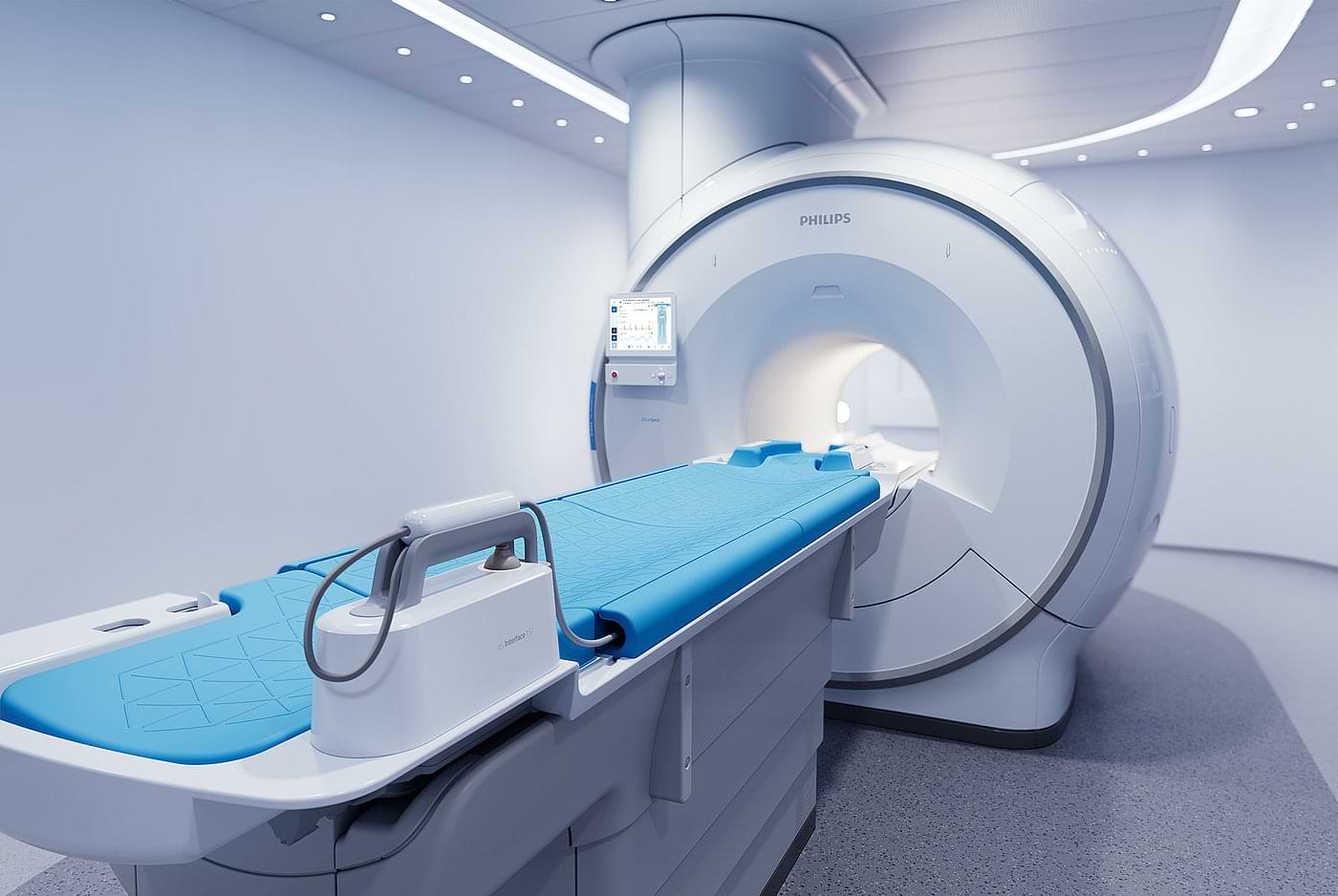
Magnetic Resonance Imaging (MRI) has revolutionized the field of medical diagnostics, providing detailed images of the body’s internal structures without the use of ionizing radiation. This non-invasive technique is invaluable for early detection and diagnosis of various diseases, allowing for timely intervention before conditions become critical. This article explores the significance of MRI in detecting common diseases early and the benefits it brings to patient care.
The Importance of Early Detection
Early detection of diseases is crucial for several reasons:
- Improved Prognosis: Early diagnosis often leads to better treatment outcomes.
- Cost-Effective: Treating diseases in their initial stages is generally less expensive than addressing advanced conditions.
- Enhanced Quality of Life: Early intervention can prevent complications and preserve a patient’s quality of life.
How MRI Works
MRI uses a strong magnetic field and radio waves to generate detailed images of organs and tissues within the body. The technique relies on the magnetic properties of hydrogen atoms, which are abundant in water and fat molecules in the body. When exposed to a magnetic field, these atoms align and produce signals converted into images by a computer.
Common Diseases Detected by MRI
- Brain and Neurological Disorders
- Stroke: MRI can identify areas of the brain affected by stroke, differentiating between ischemic and hemorrhagic strokes.
- Multiple Sclerosis (MS): MRI is the gold standard for detecting MS plaques and monitoring disease progression.
- Brain Tumors: MRI provides detailed images of brain tumors, helping in their classification and treatment planning.
- Cardiovascular Diseases
- Coronary Artery Disease: MRI can visualize blood flow and detect blockages in the coronary arteries.
- Cardiomyopathy: MRI assesses the structure and function of the heart muscle, identifying diseases like hypertrophic cardiomyopathy.
- Aneurysms: MRI can detect aneurysms in blood vessels, allowing for early intervention to prevent rupture.
- Musculoskeletal Disorders
- Osteoarthritis: MRI detects cartilage loss and joint damage, facilitating early treatment to slow disease progression.
- Soft Tissue Injuries: MRI is excellent for diagnosing ligament tears, muscle strains, and tendon injuries.
- Bone Tumors: MRI helps in the early detection and staging of bone tumors.
- Abdominal and Pelvic Conditions
- Liver Diseases: MRI can detect liver tumors, cirrhosis, and other liver abnormalities.
- Kidney Disorders: MRI identifies kidney stones, tumors, and congenital abnormalities.
- Reproductive System Conditions: In women, MRI can diagnose uterine fibroids, endometriosis, and ovarian cysts. In men, it helps in detecting prostate cancer and other disorders.
- Oncological Applications
- Breast Cancer: MRI is used for screening high-risk patients and evaluating the extent of breast cancer.
- Colorectal Cancer: MRI helps in staging colorectal cancer and detecting metastases.
- Lung Cancer: While CT scans are commonly used, MRI provides additional information about lung tumors and their relation to surrounding structures.
Advantages of MRI in Early Detection
- Non-Invasive and Safe
- MRI does not use ionizing radiation, making it safer for repeated use, especially in children and pregnant women.
- It is non-invasive, requiring no surgical procedures or injections (except for contrast agents in some cases).
- High-Resolution Images
- MRI provides detailed images of soft tissues, making it superior to other imaging modalities like X-rays and CT scans for certain conditions.
- It can distinguish between different types of tissues, aiding in accurate diagnosis.
- Versatility
- MRI can image virtually any part of the body, from the brain to the musculoskeletal system.
- It is particularly useful for imaging complex structures and areas where other modalities fall short.
Preparing for an MRI
Preparation for an MRI scan is generally straightforward:
- Medical History: Inform your doctor about any medical conditions, implants, or allergies.
- Clothing: Wear loose, comfortable clothing without metal zippers or buttons.
- Fasting: Some MRI scans, especially abdominal ones, may require fasting for a few hours.
- Contrast Agents: In some cases, a contrast agent may be administered to enhance image quality. Inform your doctor if you have had reactions to contrast agents in the past.
The MRI Procedure
During the MRI scan:
- Positioning: You will lie on a motorized table that slides into the MRI machine. Technologists will ensure you are comfortable and positioned correctly.
- Noise: The machine makes loud tapping or thumping noises. Earplugs or headphones are usually provided.
- Communication: You will be able to communicate with the technologist via an intercom. Some facilities also offer music or videos to help you relax.
- Duration: The scan typically takes between 30 to 60 minutes, depending on the area being examined.
Post-Scan Considerations
- Results: A radiologist will analyze the images and send a report to your doctor. This process may take a few days.
- Follow-Up: Based on the results, your doctor will discuss the findings with you and recommend further tests or treatments if necessary.
Conclusion
When considering early detection and timely intervention through MRI scans, the choice between NHS and private MRI services plays a crucial role. Private MRI scans offer the advantage of rapid results and flexible scheduling, often providing appointments within days rather than weeks or months. This can be particularly beneficial for patients needing urgent diagnosis and treatment. Private centers also frequently boast advanced technology and a more personalized patient experience.
